Key Features and Specifications
The Fujifilm X Half merges classic film-inspired photography with modern digital conveniences. It introduces an 18-megapixel half-frame sensor that measures 8.8mm x 13.3mm, striking a balance between portability and functionality. Though unconventional in size, this sensor enables a compact design while maintaining image quality suitable for casual photography.
The fixed 32mm-equivalent f/2.8 lens is designed for versatility, offering sharpness with a touch of character. While it supports autofocus, focus speed is more casual, aligning with the camera’s leisurely and creative intention. Low-light performance is decent for a camera in this category, further enhanced by Fujifilm’s 13 film simulations that emulate analog aesthetics. However, the lack of RAW capture means edits must happen before the shutter button is pressed.
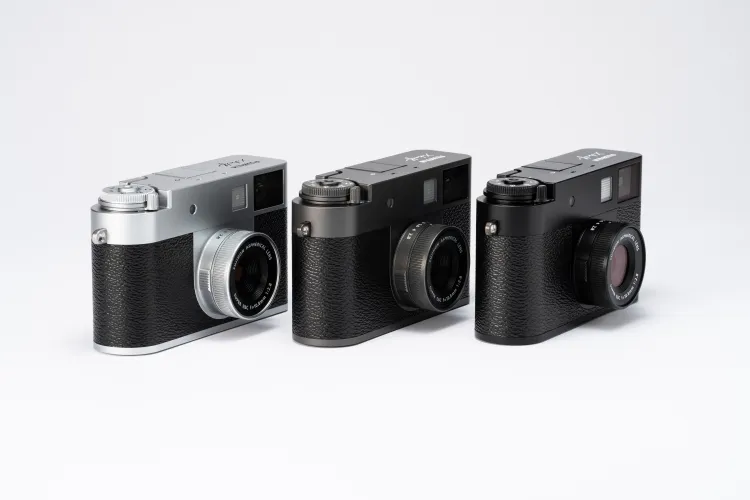
With a retro design and a weight of just 8.5 ounces (240 grams), this compact camera is simple to carry in small bags or even oversized pockets. It prioritizes simplicity and accessibility, using an optical viewfinder instead of an EVF or hybrid system. A 2.4-inch touchscreen complements its primarily manual aesthetic, allowing intuitive control for features like exposure compensation and creative diptych settings.
Design and Usability
Focusing on an analog-like experience, the Fujifilm X Half combines traditional controls with lightweight portability. A faux film advance lever introduces a nostalgic touch, especially in the camera’s Film Camera Mode. In this mode, users mimic the process of loading film between shots, reinforcing its retro appeal.
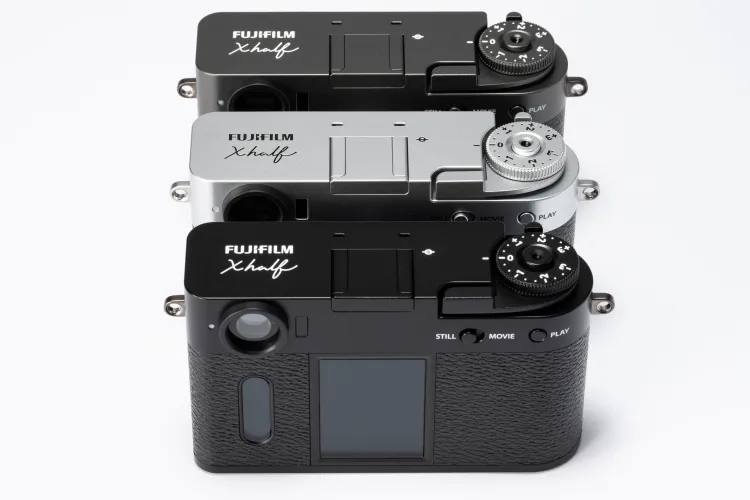
The simple control layout includes a dedicated screen for selecting film simulations. This setup encourages experimentation with effects such as light leaks or date stamps, baked directly into captured JPGs. While the camera lacks in-body image stabilization (IBIS), its lightweight frame makes handheld shooting manageable without noticeable stability issues in casual environments.
Performance and Features
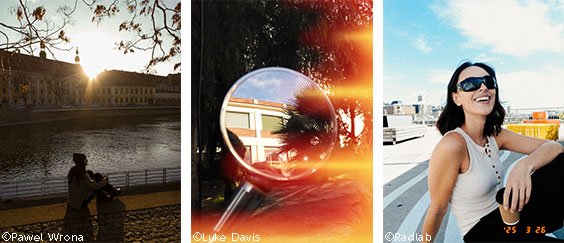
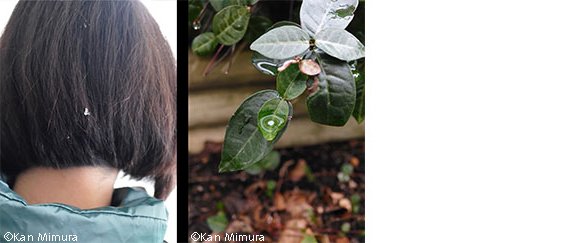
The X Half captures only JPGs, foregoing RAW editing flexibility to deliver a what-you-see-is-what-you-get experience. It supports a portrait orientation for both stills and basic 1080 x 1440 video, making it versatile for vertical content creation. Its continuous shooting speed is moderate, catering to relaxed photography rather than action-oriented shooting.
An optional smartphone app expands usability by enabling custom layouts like two-picture diptychs or combined photo and video creations. Additionally, Fujifilm’s digital recreations, such as branded film contact sheets, are accessible through this platform.
Connectivity and Other Details
The camera uses USB-C for power and data transfer, reflecting modern connectivity standards. Though it channels a distinctly retro vibe, this inclusion makes it easy to integrate into today’s workflows. Battery life supports its lightweight design, providing sufficient power for extended use without frequent recharging.
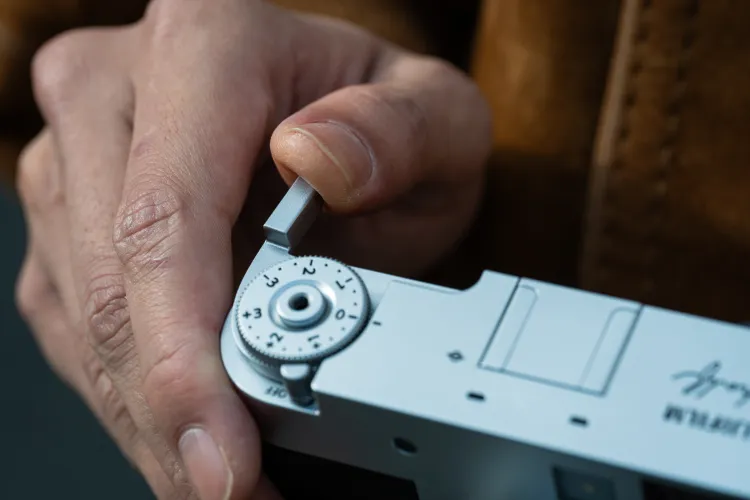
While it omits an EVF, the combination of the optical viewfinder and a touchscreen display keeps navigation straightforward. Its video quality and focus speed remain modest, consistent with the emphasis on simplicity and creative experimentation rather than technical precision.
Frequently Asked Questions
What are the primary features of Fujifilm’s newest compact cameras with fixed lenses?
Fujifilm’s X series compact cameras include fixed lenses that cater to both digital and analog photography enthusiasts. Key specifications for the latest models like the X Half include a 1-inch back-illuminated sensor and a 32mm F2.8 prime lens (35mm equivalent). These features highlight a balance between convenience and high image clarity. Some models also come equipped with Face and Eye Detection AF for quick, precise focusing.
How does the photo quality of Fujifilm’s hybrid analog-digital cameras compare to fully digital models?
The inclusion of hybrid features in Fujifilm’s X series creates a nostalgic shooting experience without sacrificing digital quality. The Film Simulation modes inspired by traditional analog film help replicate classic looks while maintaining exceptional digital sharpness. Although they lack the flexibility of interchangeable lens systems, their fixed prime lenses and customization options match the quality of many fully digital models.
Is there a pricing guide for Fujifilm’s compact cameras with fixed lenses?
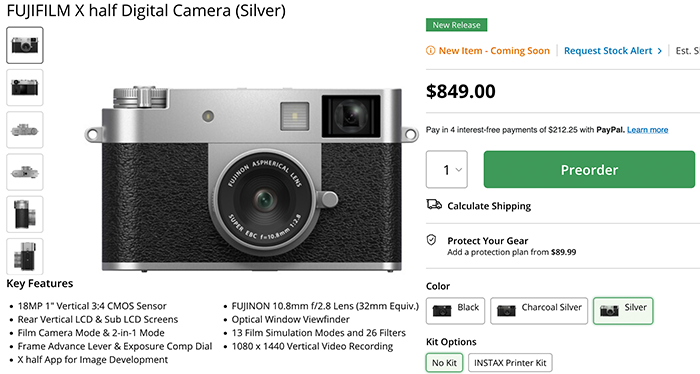
The price for Fujifilm’s fixed-lens cameras typically starts in the mid-range for compact cameras. For example, the Fujifilm X Half is priced at $849.99, reflecting its modern features and retro-inspired design.
What makes the Fujifilm X cameras unique in creative controls and photography features?
The X series cameras stand out due to their combination of manual controls and customizable settings like 13 Film Simulation modes and 26 filters, offering unmatched creative flexibility. The focus ring allows users to fine-tune compositions, while digital enhancements like fast auto-focus adapt to various photography styles.
Can you identify models in Fujifilm’s X lineup that combine analog and digital functionality?
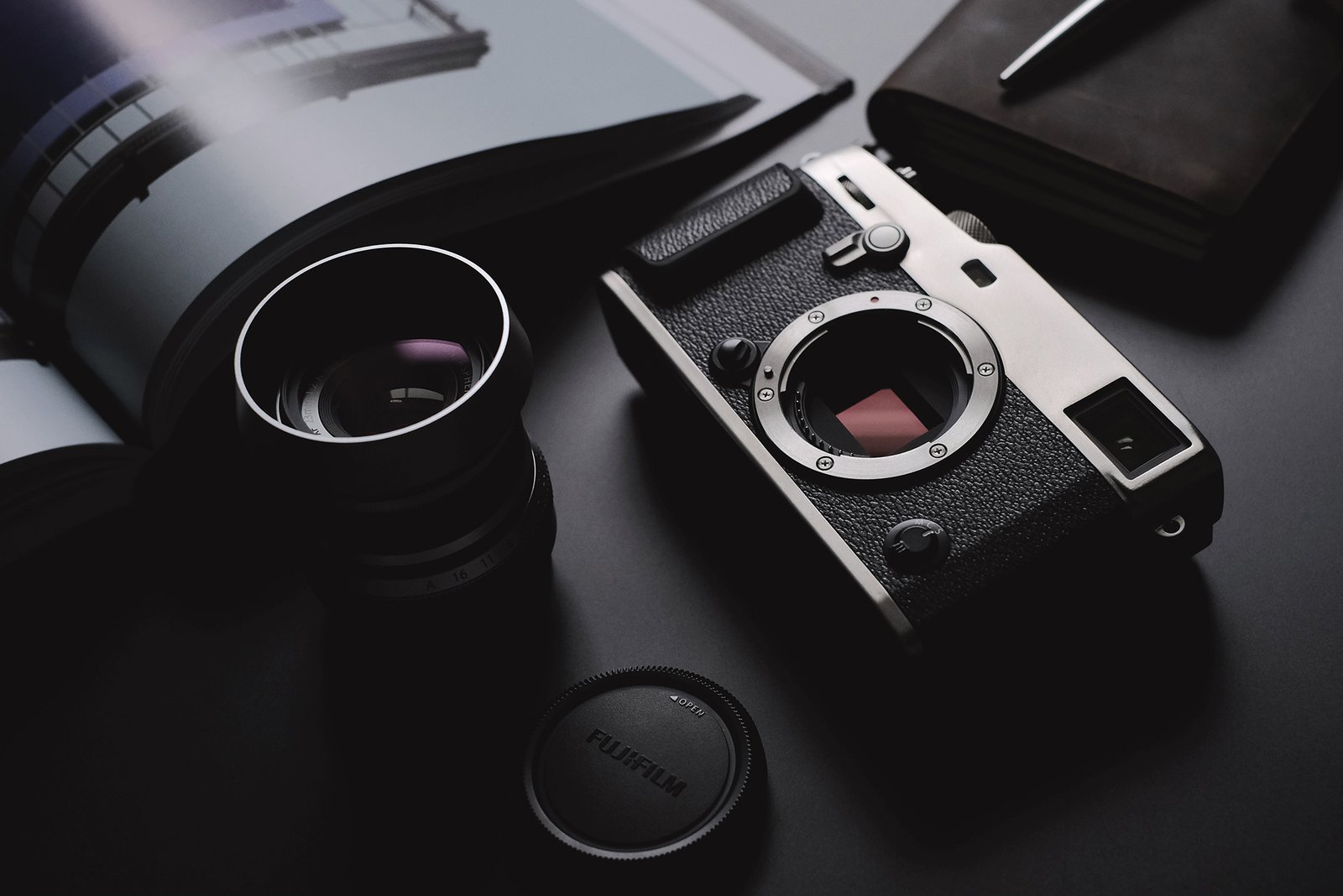
The X Half serves as a prime example in Fujifilm’s X lineup, combining compact form factors, hybrid features, and a fixed lens. Other cameras in the X series may also embrace this dual approach, designed for those who value analog-inspired aesthetics paired with modern digital convenience.
What innovations are introduced in the latest Fujifilm X models with fixed lenses?
Fujifilm’s latest advancements include the implementation of back-illuminated sensors for enhanced clarity and fast, seamless autofocus systems that improve usability. Their hybrid system also incorporates manual shooting options along with advanced digital tools like Face and Eye Detection AF, making them versatile cameras for enthusiasts and professionals alike.





































